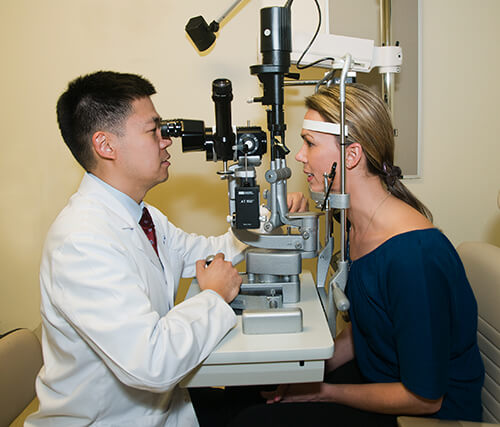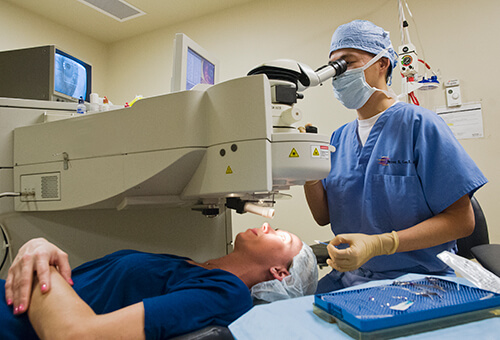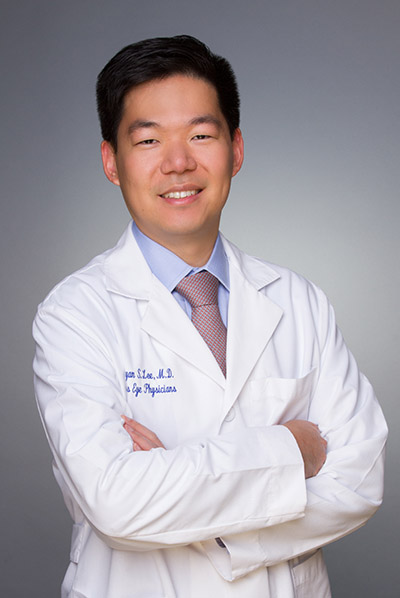Welcome to Dr. Bryan Lee’s Website
Bryan S. Lee, MD, JD is a Los Altos ophthalmologist specializing in cataract, cornea, and refractive surgery (LASIK). Named one of the “Top 50 rising stars” and “Top 40 under 40” in ophthalmology as well as a member of the Premier Surgeon 300, Dr. Lee completed his ophthalmology residency at Johns Hopkins. He was named fellow of the year during his fellowship in cornea, cataract, refractive, and glaucoma surgery at Minnesota Eye Consultants, one of the most prestigious programs in the country.
Dr. Lee is a leader in ophthalmology and serves on committees for both the American Academy of Ophthalmology and American Society of Cataract and Refractive Surgery. He has published dozens of peer-reviewed articles and textbook chapters and continues to conduct research and teach courses to other ophthalmologists.


Lens Implants
Cataracts are one of the most common causes of blurred vision in patients over the age of 50. While the vision is blurred, it can be restored with permanent artificial lens implants inserted into the eye during cataract surgery.
Cornea
The cornea is the clear window in the front of the eye or the outer surface of the eye. The cornea plays a major role in how an individual focuses on images. In conjunction with your natural crystalline lens the cornea helps to provide required focusing power. If the cornea is damaged or becomes weak, visual problems may arise. Because the cornea is such an important part of your visual system please make sure to contact a qualified ophthalmologist if you think you might have damaged your cornea.
LASIK
Many people have struggled with refractive errors that can be treated with LASIK eye surgery. If you think LASIK could potentially help you we encourage you to read through the LASIK section of our website. LASIK is now in its second decade of helping patients reduce or eliminate their dependence on glasses and contact lenses.
Pterygium
A pterygium is a mass that forms on the outer coating of the eye. The growth can interfere with vision, and can cause irritation, redness and tearing. Treatment for pterygium can include eye drops, ointments, and sometimes they are surgically removed. Pyterygium can form from environmental irritants with common symptoms involving dry eye, inflammation, redness, tearing and irritation.






